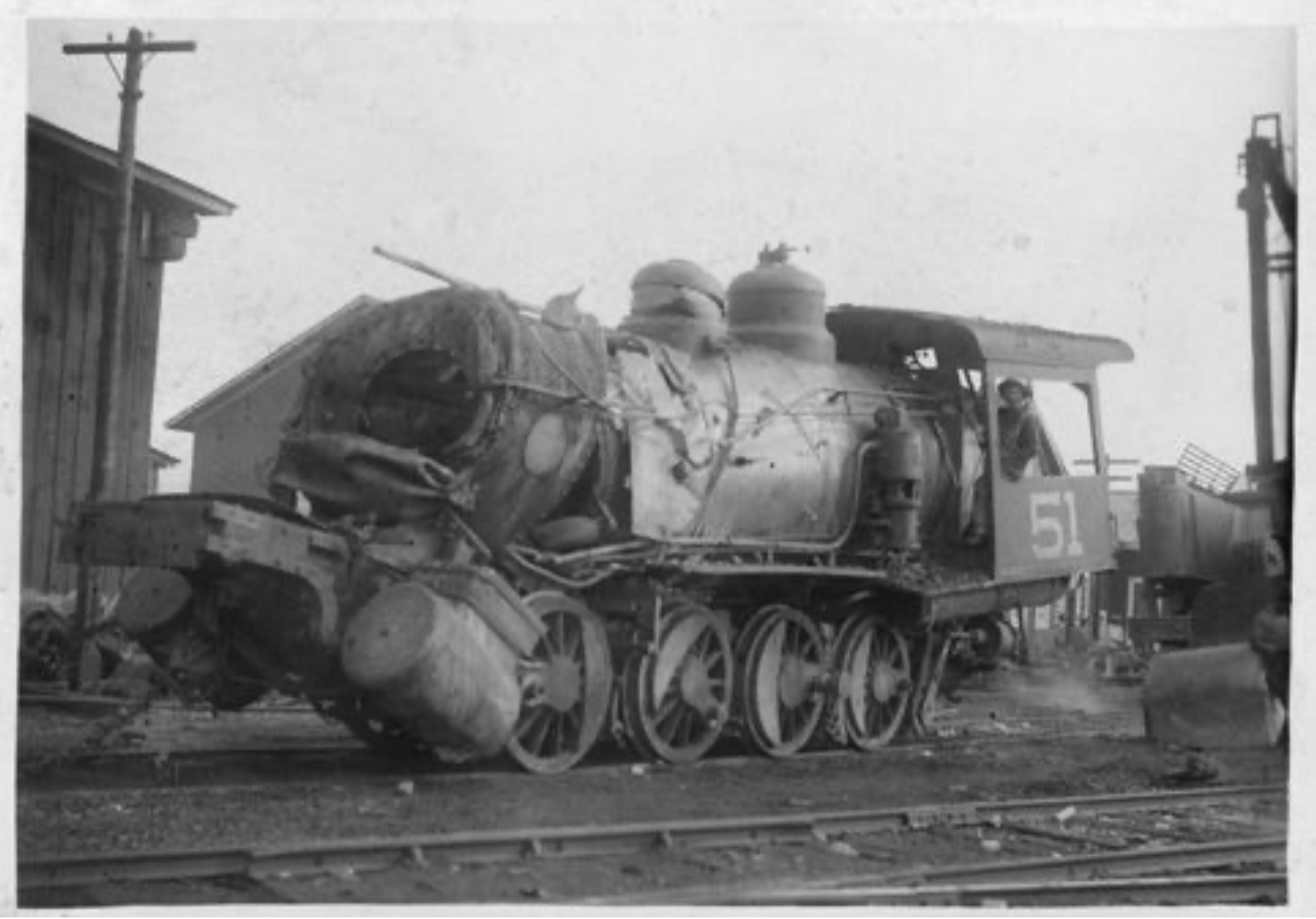
Sara Castrejón captures troops entering Teloloapan, 1911. © Estate of Sara Castrejón/Samuel Villela
The Mexican Revolution was arguably the first major conflict to be depicted on a mass scale, not only by professionals but also by amateurs and bystanders with snapshot cameras. Some of these were women.
US women crossed the border at El Paso to photograph the Battle of Ciudad Juárez in 1911, when the charismatic rebel General Francisco ‘Pancho’ Villa routed the federal forces. One woman, who happened to be in Ciudad Juárez celebrating her engagement, made a breathless day-by-day record as the city fell to rebel troops.
Kate Leach and Gertrude Fitzgerald recorded events in Chihuahua, such as troops passing through Ciudad Madera and an encounter with a train carrying a rebel payload. With an eye to posterity, Leach later assembled a pair of photo-albums that tell her story vividly.
Mexican photographer Sara Castrejón owned a portrait studio in a small town in Guerrero. By necessity, she became a semi-official photographer to the occupying forces, producing studio portraits of military personnel and—extraordinarily—records of execution by firing squad.

Colonel Amparo Salgado by Sara Castrejón © Consuelo Castrejón/Samuel Villela

Sabotaged train at Madera, Chihuahua, c.1910 by Gertrude Fitzgerald © C. L. Sonnichsen Special Collections Department, University of Texas at El Paso Library
Despite evidence of these and other photographic activities, there has been little critical reflection on the ways in which gender shaped women's work. My ongoing research shows how traditionally ‘feminine’ genres, such as the family album and the studio portrait, were co-opted by women to startling effect.
As featured in:
I've spoken about this topic on The History Hour for BBC World Service, as well as the international conference Fast Forward: Women, Photography, Conflict at the Nikolai Tesla Museum in Zagreb, 2023.
My essay for the book Beyond the Battlefields: Käthe Buchler’s Photographs of Germany in the Great War discusses some of the photographers mentioned above. My forthcoming book, Ungentle Camera, will explore women's photography in the Mexican Revolution in depth for the first time.
